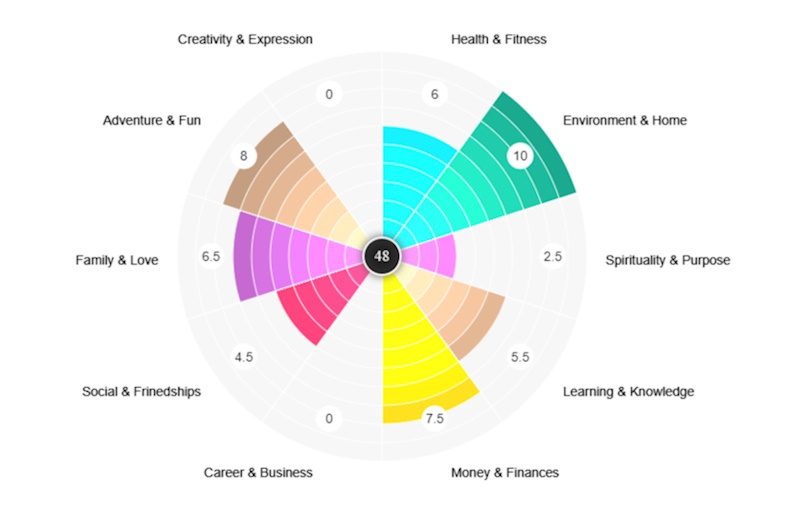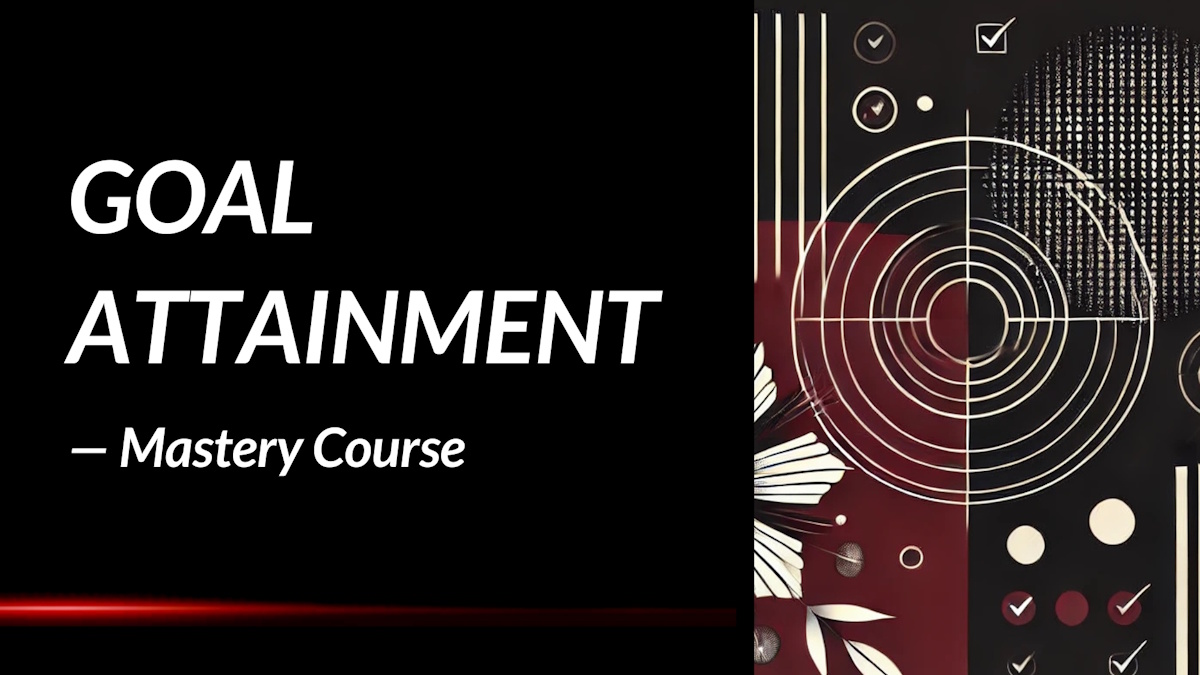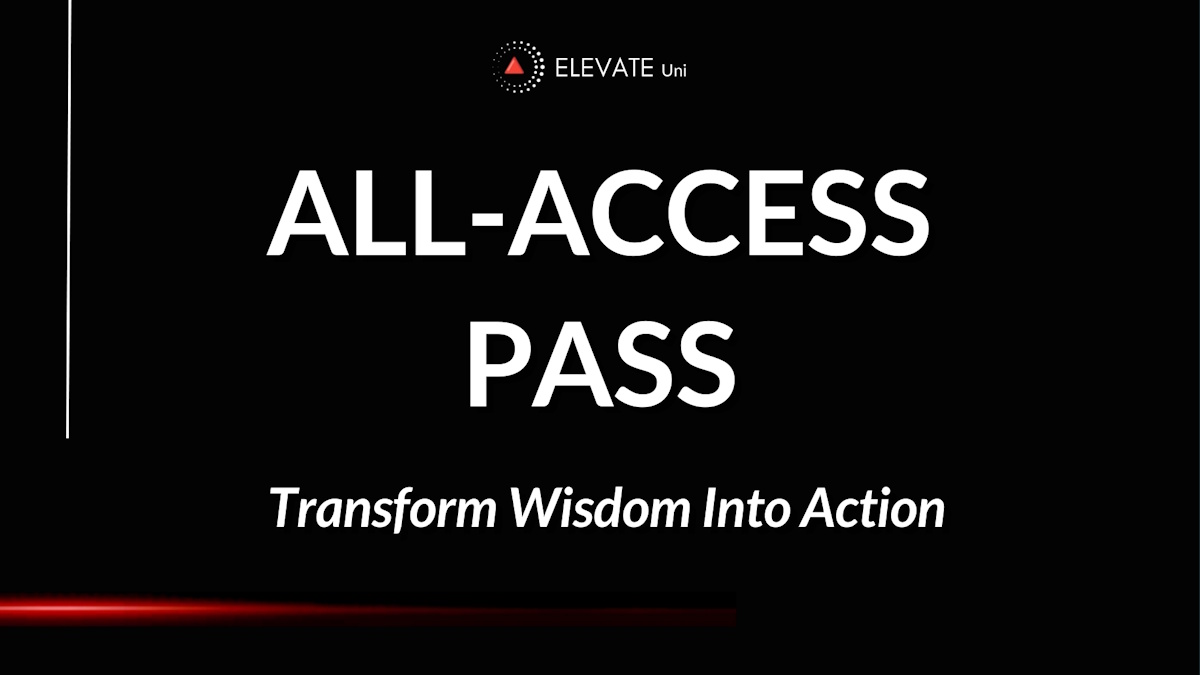Cooperative Co-Parenting for Secure Kids: Summary Review
What if the key to your child's emotional security lies in how you and your ex-partner navigate co-parenting? In Cooperative Co-Parenting for Secure Kids, Aurisha Smolarski, a licensed marriage and family therapist, offers insightful strategies to help divorced or separated parents collaborate effectively for the well-being of their children.
What is the Book About?
Cooperative Co-Parenting for Secure Kids delves into the application of attachment theory in the context of co-parenting. Smolarski emphasizes the importance of establishing a secure base for children, even when they are navigating life between two homes. The book provides practical guidance on fostering emotional security, ensuring that children feel safe and supported despite the changes in their family dynamics.
The author introduces six key principles essential for successful co-parenting: Commitment, Collaboration, Clarity, Consistency, Connection, and Community. Each principle is explored in depth, offering actionable advice and real-life examples to help parents implement them effectively. By adhering to these principles, co-parents can create a harmonious environment that prioritizes their child's emotional needs and development.
Book Details
Print length: 200 pages
Language: English
Publication date: January 2, 2024
Genre: Parenting & Relationships
Book Author
Core Theme
At its core, Cooperative Co-Parenting for Secure Kids underscores the significance of secure attachment in children's development, particularly in the aftermath of parental separation or divorce. Smolarski articulates that a child's sense of security is paramount and can be maintained through intentional and collaborative co-parenting efforts. The book advocates for parents to move beyond personal grievances and focus on creating a stable, loving environment across both households.
The author presents a framework centered around six principles: Commitment to being present for the child, Collaboration between co-parents, Clarity in communication, Consistency in routines, Connection through mindful engagement, and fostering a supportive Community. By embracing these principles, parents can work together to provide a cohesive and nurturing upbringing, ensuring their child's emotional and psychological needs are met.
Main Lessons
A few impactful summary lessons from Cooperative Co-Parenting for Secure Kids:
1. Create Security Even When Families Split
Children’s sense of safety doesn’t have to collapse when their parents separate. This book lays out a loving, nonjudgmental approach to co-parenting that centers on preserving emotional security in a child's life, even as their family structure changes. It’s not about having both parents fully onboard all the time—it’s about ensuring that at least one parent builds a solid foundation of consistent love, clear boundaries, and emotional presence. Even in uncertain terrain, a parent can become the compass their child relies on, guiding them toward stability, resilience, and trust.
2. Heal Yourself to Help Your Child
One of the most powerful themes in this book is that the journey of co-parenting can become a path of personal growth and healing. Instead of waiting for the other parent to change, readers are encouraged to begin inward, tending to their own wounds, processing grief, and practicing emotional regulation. This healing is not just for the parent’s well-being—it ripples out to create a calmer, safer environment for the children, who are incredibly attuned to the emotional states of the adults around them. The more whole the parent, the more whole the home feels, even if that home is split in two.
3. Define Success Through the Child’s Eyes
Rather than focusing on logistical victories or one-upmanship, successful co-parenting is defined through the lens of what benefits the child emotionally. This book shifts the spotlight to what children actually need during and after divorce: security, consistency, emotional availability, and the freedom to love both parents without guilt or fear. It’s not about who “wins”—it’s about whether the child feels safe enough to grow, explore, and thrive amidst family change. In every chapter, the author reminds us that the true north should always be the child’s best interest.
4. Show Up Even If the Other Doesn’t
One of the most freeing insights in this guide is that cooperative co-parenting doesn’t require both parents to be equally invested. A single parent, armed with compassion, boundaries, and presence, can provide a powerful emotional anchor for a child. The myth that it takes two to heal the post-divorce parenting space is dismantled here. Instead, the focus is on what *you* can do—how *you* can respond rather than react, model healthy behavior, and maintain emotional equilibrium even when your ex-partner chooses chaos over cooperation.
5. Respond Calmly Instead of Reacting Emotionally
Emotional reactivity is one of the quickest ways to derail co-parenting efforts and stir instability for kids. This book teaches the reader how to pause, breathe, and choose their response consciously, especially during high-conflict interactions. It emphasizes the value of emotional intelligence—recognizing your triggers, choosing not to escalate, and learning how to stay grounded even when provoked. This isn’t about being passive; it’s about being strategic, protective, and mindful—qualities that not only shield your children from toxicity but also preserve your inner peace.
6. Use Stories and Examples to Inspire Change
What sets this book apart is its ability to humanize complex dynamics through real-life stories and relatable scenarios. It doesn’t preach from a pedestal—it sits beside you, guiding through lived experience and offering scenarios that help you see yourself clearly. Many readers described having “aha” moments when they recognized their own behavior reflected back in examples, giving them the clarity to shift their mindset. These stories provide a mirror, a mentor, and a motivator all at once, helping readers gently but powerfully evolve into better co-parents.
7. Empower Your Child by Empowering Yourself
This book reminds us that empowered parenting starts with empowered adults. When parents take responsibility for their behaviors—owning what’s theirs, repairing when they mess up, and leading with integrity—they create a ripple effect that strengthens the child’s own sense of self. The goal isn’t perfection, but presence. Even amidst betrayal, loss, or conflict, the message is clear: you can still lead with love and courage. By shifting focus from blame to self-leadership, the co-parent becomes a consistent source of empowerment for the child.
8. Focus on Connection Over Control
Power struggles and control battles between parents can become a toxic battlefield—but this book urges a shift toward connection instead. It's not about enforcing rigid rules to dominate the co-parenting arrangement; it's about prioritizing the relationship with your child and maintaining open, healthy communication. When you stop trying to control your ex and start nurturing connection with your kids, you stop feeding the cycle of resentment and start building something constructive, even healing. The child becomes the central figure, not the collateral damage of adult conflict.
9. Create Stability Without Perfection
There is no such thing as the perfect co-parenting relationship. But what matters more than perfection is predictability and presence. Children don’t need a flawless situation; they need to know what to expect. The book embraces the reality that sometimes co-parenting is messy, inconsistent, and emotionally hard—but that doesn’t mean it’s a failure. With the right mindset and tools, parents can still offer emotional steadiness, even if the logistics aren’t always smooth. It’s the emotional consistency, not the legal paperwork or weekly schedules, that makes the biggest impact on the child’s heart.
10. Redefine the Co-Parent Relationship
One of the most liberating messages in this book is that your relationship with your co-parent is not over just because the marriage is. It’s a transformation, not a termination. Rather than clinging to bitterness or pretending the other parent doesn’t matter, readers are encouraged to consciously reframe the relationship. You may not be spouses anymore, but you are still partners in the shared project of raising a secure, healthy human being. When co-parents embrace this truth, they unlock the potential for cooperation, peace, and perhaps even mutual respect.
Key Takeaways
Key summary takeaways from the book:
- Secure attachment is crucial for a child's emotional well-being, especially during family transitions.
- Effective co-parenting requires a commitment to collaboration and clear communication.
- Consistency in both households helps children feel more secure and reduces anxiety.
- Mindful connection with the child aids in processing emotions and building trust.
- Building a supportive community provides additional stability and resources for both parents and children.
Book Strengths
Cooperative Co-Parenting for Secure Kids stands out for its compassionate and practical approach to a challenging subject. Smolarski's expertise shines through in her clear explanations of attachment theory and its application to co-parenting. The inclusion of real-life examples and actionable exercises makes the concepts accessible and implementable for readers. The book's emphasis on mutual respect and collaboration offers a hopeful perspective for parents striving to prioritize their children's well-being amidst separation.
Who This Book Is For
This book is ideal for divorced or separated parents seeking to establish a cooperative co-parenting relationship that centers on their child's emotional security. It is also a valuable resource for family therapists, counselors, and professionals working with families navigating post-divorce dynamics. Additionally, extended family members and friends looking to support co-parents can gain insightful perspectives from this guide.
Why Should You Read This Book?
Reading Cooperative Co-Parenting for Secure Kids equips parents with the knowledge and tools necessary to foster a nurturing environment for their children, despite the challenges of separation. Smolarski's guidance empowers parents to move beyond conflict and work collaboratively, ensuring their child's emotional needs are met. The book's practical strategies and empathetic tone make it an invaluable resource for anyone committed to raising secure and resilient children in two homes.
Concluding Thoughts
Navigating co-parenting after separation is undeniably challenging, yet Cooperative Co-Parenting for Secure Kids offers a roadmap grounded in attachment theory to guide parents through this journey. Smolarski's emphasis on collaboration, clear communication, and consistency provides a solid foundation for parents aiming to prioritize their child's well-being above all else.
By embracing the principles outlined in this book, parents can transform their co-parenting relationship into a partnership that fosters security and stability for their children. This guide serves as a testament to the possibility of creating a harmonious co-parenting dynamic that benefits everyone involved.
"→ Get the book on Amazon or discover more via the author's website or social channels.
* The publisher and editor of this summary review made every effort to maintain information accuracy, including any published quotes, lessons, takeaways, or summary notes.
Chief Editor
 Tal Gur is an author, founder, and impact-driven entrepreneur at heart. After trading his daily grind for a life of his own daring design, he spent a decade pursuing 100 major life goals around the globe. His journey and most recent book, The Art of Fully Living, has led him to found Elevate Society.
Tal Gur is an author, founder, and impact-driven entrepreneur at heart. After trading his daily grind for a life of his own daring design, he spent a decade pursuing 100 major life goals around the globe. His journey and most recent book, The Art of Fully Living, has led him to found Elevate Society.

















